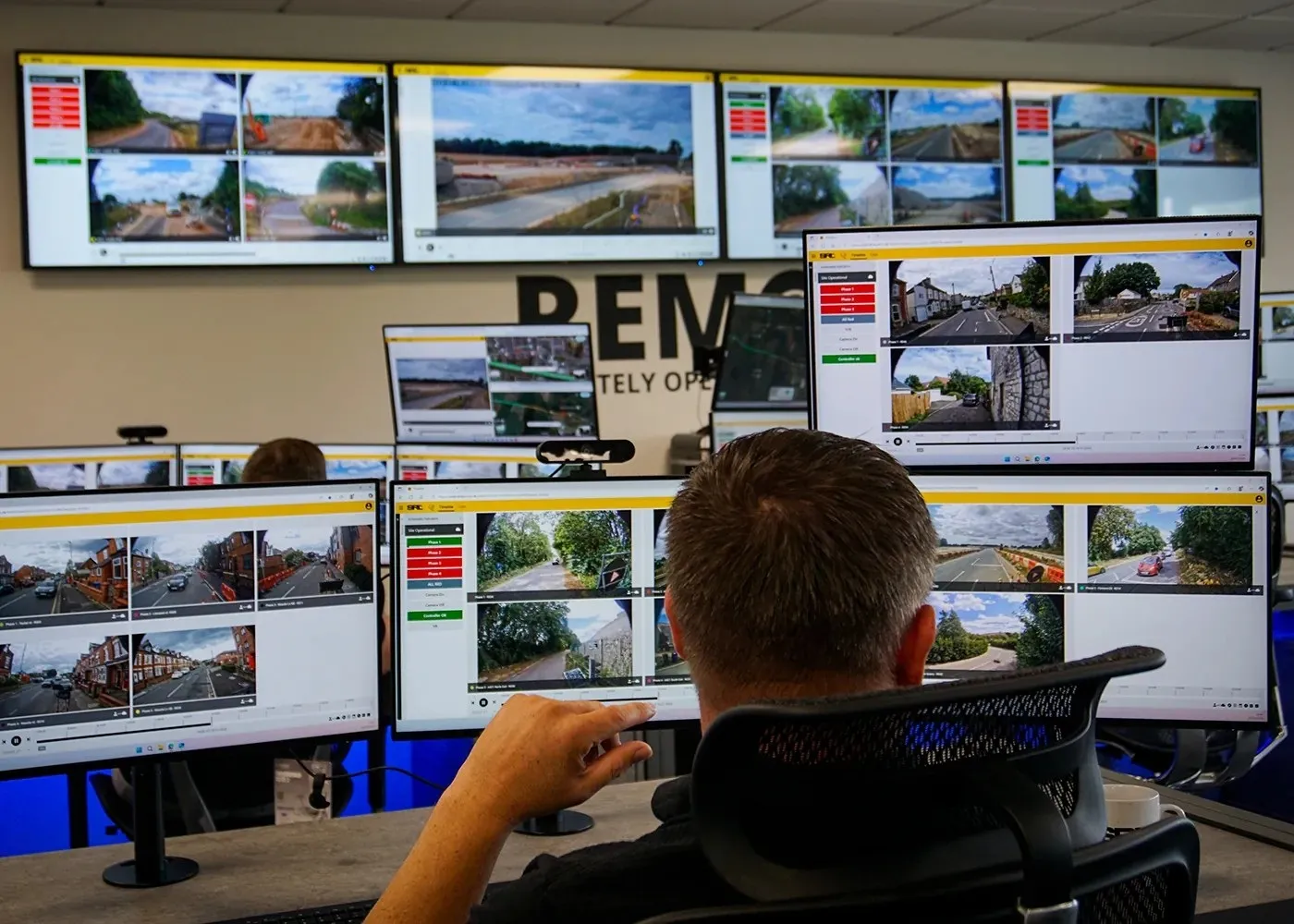The X-Stream series of H.264 video encoders and decoders from COE Group includes a single channel boxed encoder, and two and four channel encoders which may be box-housed or rack-mounted. The range also includes a dual-channel decoder, the X-Stream 200D, capable of decoding H.264 streaming Ethernet video for use with analogue devices. By rack mounting X-Stream encoders in a standard X-Net rack, as many as 56 channels of analogue video may be encoded and transmitted across an IP Ethernet network from each ra
June 19, 2012
Read time: 2 mins

The X-Stream series of H.264 video encoders and decoders from 512 COE Group includes a single channel boxed encoder, and two and four channel encoders which may be box-housed or rack-mounted.
The range also includes a dual-channel decoder, the X-Stream 200D, capable of decoding H.264 streaming Ethernet video for use with analogue devices. By rack mounting X-Stream encoders in a standard X-Net rack, as many as
56 channels of analogue video may be encoded and transmitted across an IP Ethernet network from each rack chassis.
Additional daughter boards are available for the two- and four- channel encoders. COE claims this enhancement makes these encoders the world's first direct-to-fibre H.264 IP encoders. Additional features such as video loop-through and dual-redundant port connections are also enabled by the addition of the daughter board, providing unparalleled flexibility, according to COE.
The onboard analytics engine of X-Stream encoders is powered by COE's intelligent video analytics package. Analytics uses complex algorithms to identify and alert surveillance operators to a wide variety of rules. These rules include detection of abandoned objects, unauthorised access, vehicle tracking and more.
Designed in keeping with the X-Net fibre transmission range for use in demanding industrial and transport applications, X-Stream video servers with analytics have already been deployed for a comprehensive upgrade of 8,000+ cameras across Seoul's Metropolitan Subway network.
The range also includes a dual-channel decoder, the X-Stream 200D, capable of decoding H.264 streaming Ethernet video for use with analogue devices. By rack mounting X-Stream encoders in a standard X-Net rack, as many as
56 channels of analogue video may be encoded and transmitted across an IP Ethernet network from each rack chassis.
Additional daughter boards are available for the two- and four- channel encoders. COE claims this enhancement makes these encoders the world's first direct-to-fibre H.264 IP encoders. Additional features such as video loop-through and dual-redundant port connections are also enabled by the addition of the daughter board, providing unparalleled flexibility, according to COE.
The onboard analytics engine of X-Stream encoders is powered by COE's intelligent video analytics package. Analytics uses complex algorithms to identify and alert surveillance operators to a wide variety of rules. These rules include detection of abandoned objects, unauthorised access, vehicle tracking and more.
Designed in keeping with the X-Net fibre transmission range for use in demanding industrial and transport applications, X-Stream video servers with analytics have already been deployed for a comprehensive upgrade of 8,000+ cameras across Seoul's Metropolitan Subway network.










